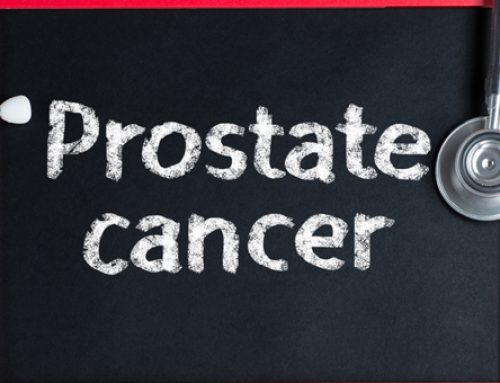Tobacco use is one of the major causes of cancers of the mouth. Any form of tobacco, whether in the form of cigarettes or chewable has a high potential to cause changes inside the skin of the mouth leading to cancer. There can be a vast number of cases which if noticed at an early stage (the plaque or patch stage) and adequately dealt with can be prevented from converting into a more dangerous form. If these patches are neglected at this stage, they can progress to invasive carcinomas and spread to other parts of body. Since the mouth has a rich blood supply, cells showing carcinomatous changes get numerous routes to reach out to other body parts and cause cancer there (secondaries).
Use of tobacco is increasing in many population groups due to many reasons, such as appearing stylish, losing weight, and stress relief, but the user continuously neglects the fact that it has major side effects of increasing all of the following: the risk of cancer, bad breath, limited mouth opening, breathing problems (emphysema), stained teeth and bad gums. Thus, tobacco use can adversely affect a user both physically and psychologically.
According to World Health Organization rankings of the number of deaths due to oral cancers per 1,000 population, the highest oral cancer death rates are recorded in people of the south Asian subcontinent. The major reasons for this is because people there use tobacco products that have a much higher nicotine content and they are more inclined towards chewable (smokeless) tobacco in addition to smoking relatively strong tobacco products (like bidi which lack filters). The Oral Cancer foundation states that this is two times more common in males than females.
Regardless of where you live, if you are a chronic smoker/tobacco chewer and you notice an unusual patch, growth, bleeding or discharge from mouth, or you have difficulty opening your mouth, then this should be brought to the attention of a physician, dentist or other health care provider. You can check for these symptoms at home by looking into a mirror with adequate light and looking at every possible surface of the widely opened mouth. Cancers are more common on the tongue, inner side of cheek, lower lip and underside of tongue. Doctors are now equipped with simple and effective (minimally invasive) techniques to name (diagnose) and treat the condition. Radiation, Surgery, Chemotherapy and Targeted therapy are available to treat this problem but around 20% of these conditions develop secondaries (cancers) with time.
The bottom line is: the sooner oral cancers are diagnosed and treated the better the chances of escaping their deleterious effects on health.






Very nice and informative blog…knowing its harms, tobacco should be banned.